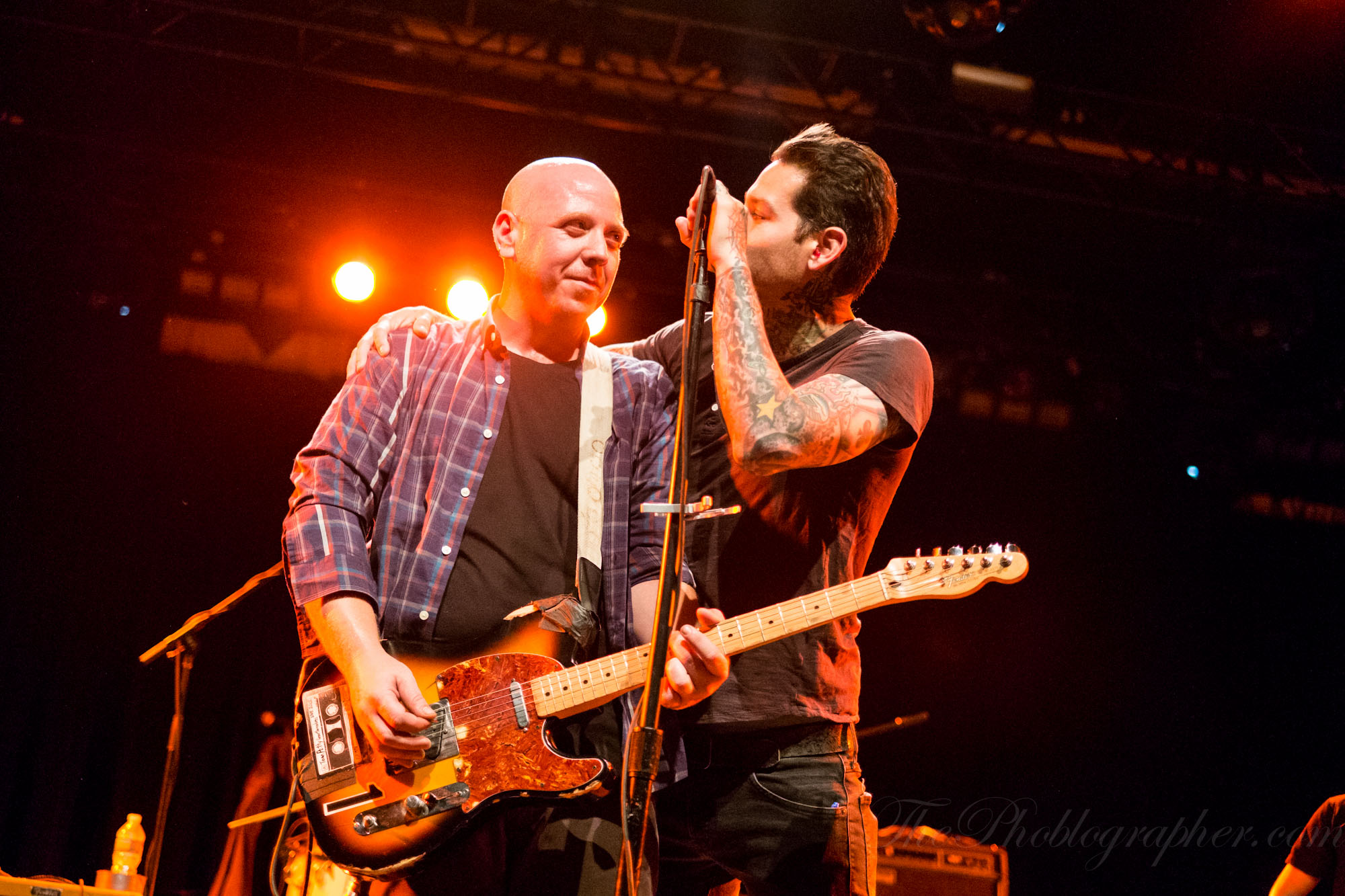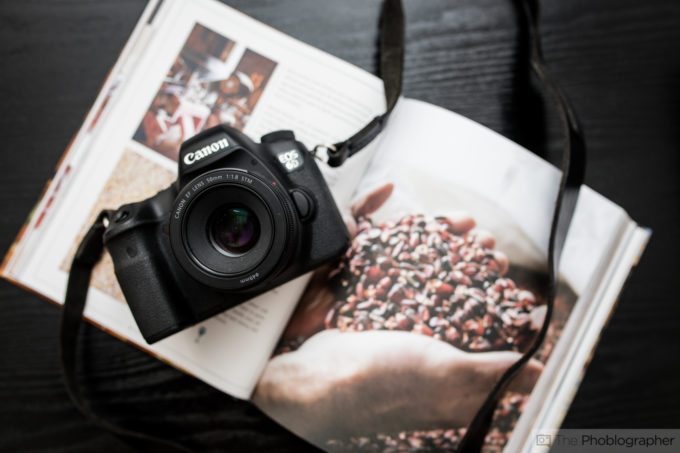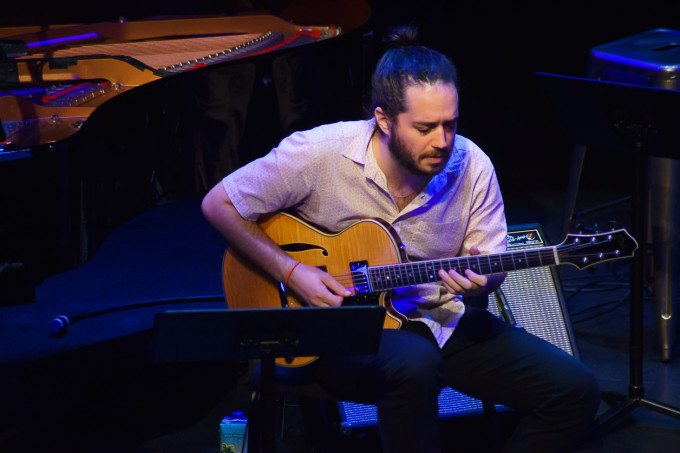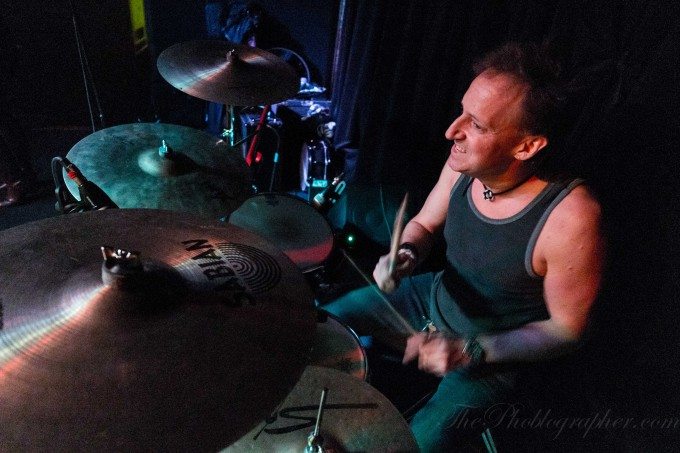Getting the photos you really care about at a concert can be an ordeal if you’re in a dark venue. Just naturally, most concerts are in dark venues and the lighting there can make it difficult for a camera’s sensor to be able to focus due to it changing so quickly. Years ago, many photographers used to use the zone focusing method, and that’s still an option if you want. However, if you don’t want to manually focus your lens, then try these tips to ensure that you’ve always got the image perfectly captured.
Use a Fast Aperture Lens With Fast Focusing Motors
So here’s the best approach from the start: your lens should have a wide aperture and should also be able to focus quickly. If it doesn’t have either of those, then you’re mostly out of luck.
You see, musicians tend to move around a lot–or at least frontmen (and women) do. Keeping up with them is going to be partially on you and partially on how your camera can perform.
This statement and tip is simple enough, let’s move on.
Avoid Tracking Autofocus, Use Single
Here’s the thing: tracking autofocus can sometimes track onto something else in the scene that it thinks you want in focus but you actually don’t. So as someone is moving around, the camera may suddenly lock onto the microphone or something instead. If the microphone is in the same focusing area as the subject you want in focus, then fire the shutter. But it most likely won’t be.
Instead, use single focus mode. It will focus on a subject and lock that area. Sometimes the focus will be good enough and other times it won’t be. By far though, single focus shooting is the most effective way to shoot a concert.
Use Single Autofocus Points
Combine single focus mode with using a single autofocus point. When you use a zone, a camera and lens are bound to look at an area and sometimes may not get what you want in focus. You need to be very particular and specific about what you want. So to that end, selecting a single focus point and shooting with that is the best approach.
If your subject starts moving around, your camera should be moving with them and you should be hammering the focusing button to get them in focus at all times.
Trust me, this is much more reliable than AF tracking.
Focus on the Most Contrasty Areas
You know those two methods that sound kind of crazy that I just mentioned? When you know how autofocusing works, you’ll understand how it makes sense. No matter if your camera uses phase detection or contrast detection focusing, it will always be able to focus the fastest on the most contrasty spot. These areas include the eyes, shadows on a face, eyebrows, etc. Doing this will help you get the shot when you combine it with the other methods.
Don’t Chimp Your LCD Screen Because You’re Going to Miss a Moment
If you’ve never heard the term “Chimp your LCD screen” it basically means looking at it to check the images.
I can’t tell you how many images and opportunities I’ve missed because I chimped the LCD screen. Don’t do it. Just stay focused on the performers and chimp in-between sets.







